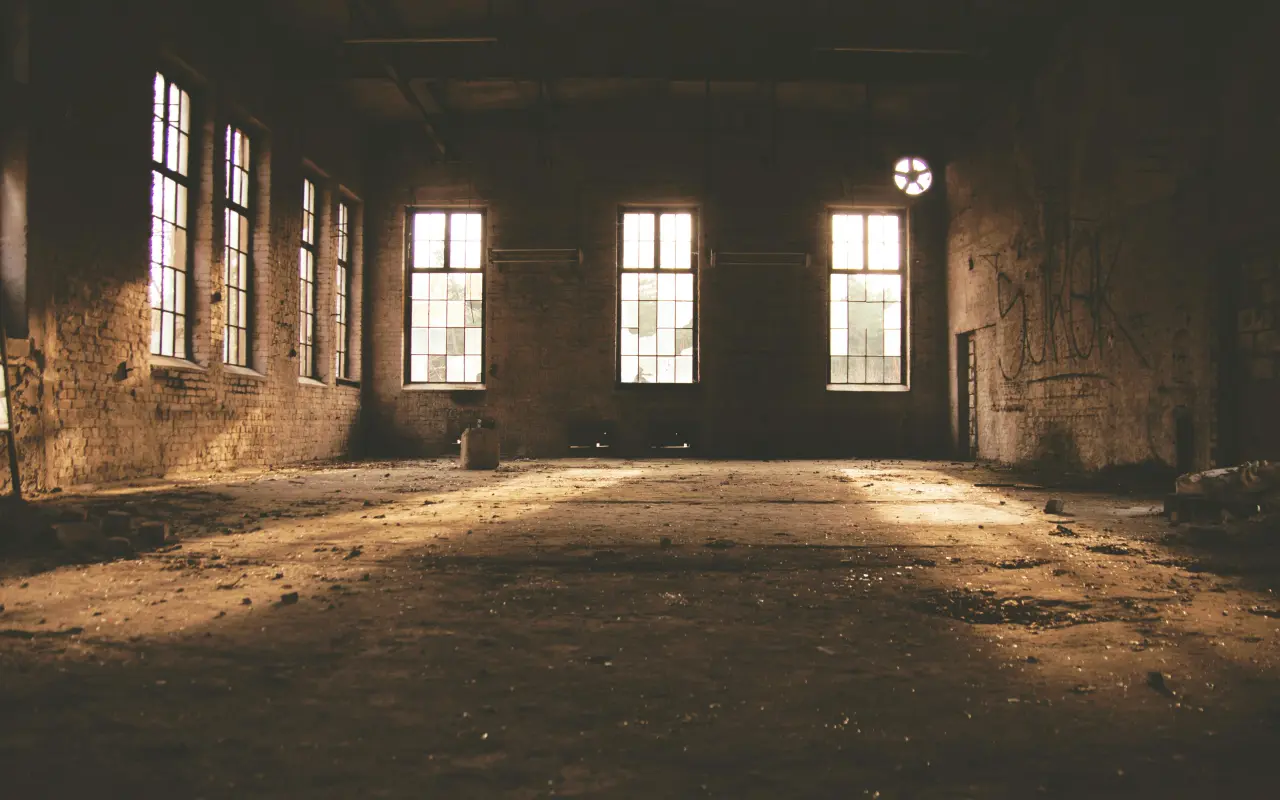Old and new revolutions
The soot-stained mills and whirring factories that once defined the British landscape may be fading into the past, but their legacy is woven inextricably into national identity. From the clattering looms of the textile districts to the smoking potteries of the Midlands, the UK’s industrial heritage laid the foundations for the modern world as we know it.
And now, just as those pioneering industrialists adapted to new technologies and markets, a new revolution is underway – one focused on preserving and revitalising these historic manufacturing hubs through innovative adaptive reuse. Once again, Britain is leading the way.
Where it all began
Let’s rewind to the mid-1700s when a perfect combination of technological advancements, economic forces, and social change sparked the world’s first Industrial Revolution in Britain. From the textile mills of Lancashire to the coal mines of Wales, the decades between 1760-1840 saw a whirlwind of mechanisation and urbanisation unlike anything before.
While the human toll was immense, with families crammed into squalid factory towns, this industrial renaissance also unleashed a wave of infrastructure building, global trade, and shared prosperity that would reshape Britain forever. The groundwork was laid for centuries of technological progress to follow.
An unwanted legacy
Fast forward to the late 20th century, and the story takes a darker turn. With industries migrating overseas and urban renewal policies sweeping away the “gritty” past, many of the factories, mills, and workers’ cottages that fueled Britain’s rise fell into disrepair or faced demolition. Invaluable pieces of heritage was at risk of being lost forever.
But in recent decades, something remarkable has happened…
Reviving local sites
A burgeoning conservation movement has taken hold, championing the adaptive reuse of these derelict industrial sites as living libraries of history and communities. From London’s rejuvenated docklands to the repurposed mills of Manchester, we’re witnessing a renaissance of manufacturing heritage.
Pioneering projects are finding innovative ways to breathe new life into old sites – transforming abandoned factories into residential lofts, offices, museums, and public spaces while preserving their distinctive architectural features. Not just restoring the physical fabric, but rekindling intangible links to the people, skills, and traditions that made these places buzz with activity.
By retaining this tangible connection to industrial roots, we inject new pride, identity, and character into cities and towns.
Forging ahead
The UK forges ahead with visionary regeneration schemes to demonstrate how industrial heritage can be a catalyst for sustainable redevelopment. Not just conserving the past, but energising communities through conservation-led renewal.
Using our expertise in balancing heritage values with modern needs is turning long-neglected abandoned sites and giving them a role in 21st century placemaking.
Conserving the pioneering industrial past has lead to an exciting journey of rediscovery.


No Responses